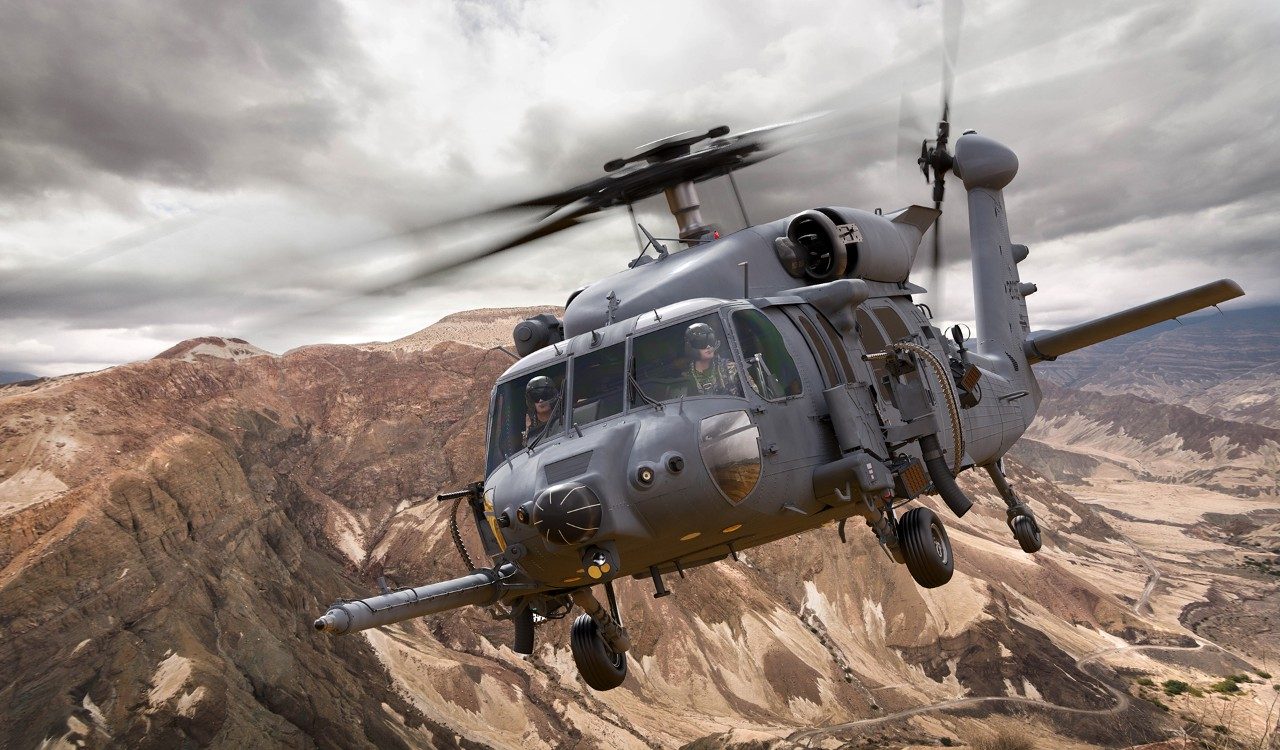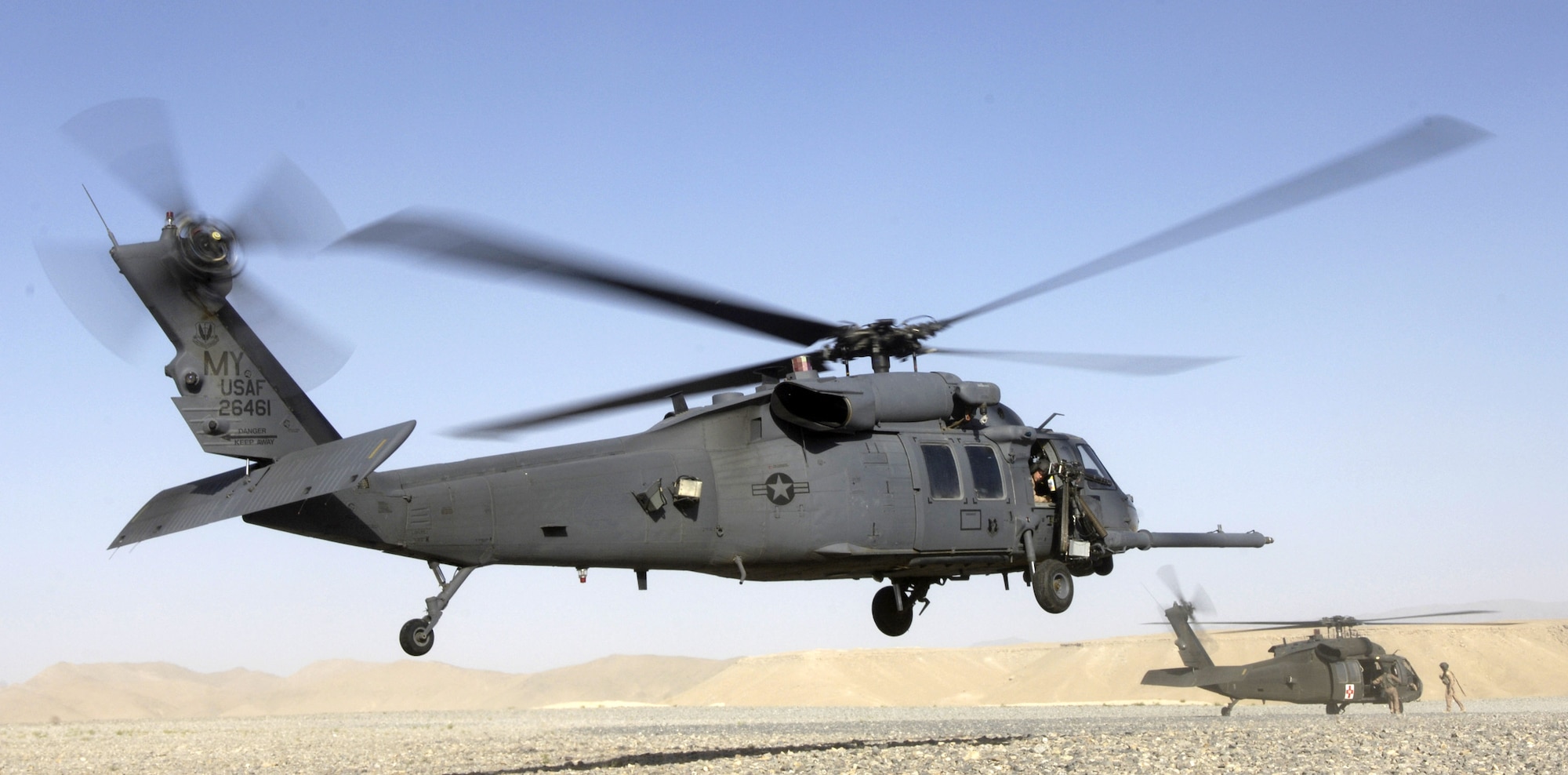UH 60 Black Hawk Helicopter Variations and Their Uses
UH 60 Black Hawk Helicopter Variations and Their Uses
Blog Article
The Impact of Lasting Practices on the Future of Airplane Procedures and Emissions Reduction
As the aviation market deals with increasing examination over its environmental impact, the fostering of lasting methods becomes an important pathway towards future airplane procedures and exhausts decrease. Advancements in lasting aeronautics gas and improvements in hybrid propulsion technologies stand at the forefront of this transformation, promising substantial reductions in greenhouse gas discharges. Nevertheless, the successful integration of these efforts depends upon a variety of factors, consisting of governing structures and market collaboration. The concern continues to be: just how will these progressing practices improve the characteristics of flight and contribute to an extra sustainable future?

Overview of Lasting Practices
Sustainable practices in airplane procedures include a variety of methods intended at decreasing ecological impact while keeping operational effectiveness. These methods are necessary in the aviation market's dedication to decreasing its carbon footprint and adhering to international environmental criteria. Trick initiatives consist of maximizing flight paths to decrease gas intake, improving maintenance methods to make certain aircraft operate at peak performance, and carrying out innovative innovations such as winglets and lightweight products that enhance aerodynamics.

Engaging and training personnel on sustainability techniques likewise play a crucial function, fostering a society of environmental responsibility within companies. Overall, the combination of these lasting techniques not only assists minimize exhausts yet likewise enhances the long-lasting viability of the aeronautics field, guaranteeing it fulfills the demands of both customers and regulative bodies while adding to global sustainability goals.
Cutting-edge Gas Alternatives
Countless cutting-edge fuel options are emerging as crucial options to minimize the aviation market's dependence on typical nonrenewable fuel sources. Amongst these choices, Lasting Air travel Gas (SAFs) have actually gained considerable attention as a result of their prospective to decrease lifecycle greenhouse gas exhausts by as much as 80% compared to traditional jet gas. SAFs are acquired from various feedstocks, including waste oils, farming deposits, and also algae, making them a functional option for the sector.
An additional encouraging alternative is hydrogen gas, which, when made use of in gas cells, creates only water vapor as a byproduct. Additionally, electrical propulsion systems are being discovered, leveraging battery technology to power aircraft.
Lastly, biofuels acquired from biomass are being investigated, offering a renewable choice that can be blended with standard gas. Collectively, these innovative gas alternatives stand for an essential action toward achieving a sustainable aviation environment, aligning with international discharges decrease targets and enhancing the market's ecological stewardship.
Technical Advancements in Aviation

How can technological improvements reshape the future of aeronautics? The assimilation of advanced technologies is pivotal in transforming airplane procedures, enhancing effectiveness, and reducing discharges. Advancements such as hybrid and electrical propulsion systems go to the leading edge, encouraging significant reductions in gas intake and greenhouse gas discharges. These systems utilize advancements in battery innovation and power management, making it possible for aircraft to run with a lower environmental footprint.
Additionally, the execution of sophisticated materials, such as lightweight compounds, adds to improved the rules of aerodynamics and gas efficiency. The use of expert system and artificial intelligence in flight operations optimizes path planning and lowers fuel burn by making it possible for real-time adjustments based upon weather and web traffic conditions. In addition, the advancement of independent and remotely piloted aircraft systems stands to change cargo and passenger transportation, potentially enhancing performance while reducing human error.
Furthermore, sustainable air travel modern technologies, consisting of sophisticated air traffic administration systems, can lower and streamline procedures blockage, leading to lower exhausts throughout flight. These advancements jointly stand for a paradigm shift in aviation, promising a future where sustainability and functional performance are intertwined, therefore supporting the market's commitment to reducing its environmental impact.

Governing Framework and Compliance
Taking into account the growing emphasis on ecological stewardship within the air travel field, the governing framework controling aircraft procedures is developing to promote sustainable techniques. Regulative bodies, such as the International Civil Aeronautics Organization (ICAO) and various national aviation authorities, are introducing rigorous standards focused on lowering discharges and improving operational effectiveness.
These laws often consist of the adoption of Lasting Aeronautics Fuel (SAF), which has actually been identified as a key element in attaining lower carbon footprints. Conformity with these laws requires airlines to execute innovative innovations and operational methods, such as maximized trip courses and improved air web traffic monitoring, to lessen gas consumption.
Additionally, the enforcement of emissions trading plans and carbon countering campaigns is coming to be increasingly common, engaging airline companies to keep track of and report their discharges precisely. Non-compliance can result in significant charges, therefore pressing drivers to focus on sustainability in their organization designs.
Inevitably, the progressing regulatory landscape not only drives advancement and investment in green modern technologies yet also promotes a culture of responsibility within the air travel sector. As these structures continue to create, the concentrate on lasting practices will certainly be indispensable to accomplishing the field's long-term environmental goals.
Future Fads in Airplane Procedures
As the air travel market adapts to a significantly rigorous regulative atmosphere, future patterns in aircraft procedures are established this contact form to concentrate on ingenious options that additionally improve sustainability and efficiency - uh 60. Trick growths will likely consist of the fostering of sophisticated air web traffic management systems, which make use of real-time information and man-made knowledge to enhance flight paths, reducing fuel intake and exhausts
Another substantial fad is the increased combination of lasting air travel fuels (SAFs) These choices to conventional jet gas, stemmed from renewable sources, can substantially decrease lifecycle greenhouse gas emissions. The sector's commitment to SAFs will likely increase as airline companies work together with gas producers to ensure availability and cost-effectiveness.
Additionally, the press towards electrification and crossbreed propulsion systems is acquiring energy. Arising aircraft designs will certainly integrate these modern technologies, offering quieter and much more effective operations, especially for short-haul trips.
Conclusion
To conclude, the assimilation my blog of sustainable techniques in airplane operations holds considerable capacity for exhausts decrease and enhanced efficiency. The fostering of sustainable aviation fuels, paired with improvements in electrical and hybrid propulsion systems, is necessary for reducing lifecycle greenhouse gas emissions. Maximizing flight paths and welcoming innovative innovations add to a quieter and a lot more eco pleasant air travel field. Jointly, these efforts line up with worldwide sustainability goals and lead the helpful hints means for a greener future in air travel.
Advancements in sustainable aviation gas and developments in crossbreed propulsion technologies stand at the forefront of this makeover, promising substantial decreases in greenhouse gas discharges.Many innovative gas alternatives are emerging as pivotal solutions to decrease the air travel industry's dependence on traditional fossil fuels - uh 60. Among these options, Sustainable Aviation Gas (SAFs) have actually acquired substantial focus due to their potential to lower lifecycle greenhouse gas emissions by up to 80% contrasted to conventional jet fuels.One more significant pattern is the boosted combination of lasting air travel gas (SAFs) The adoption of sustainable aviation gas, coupled with developments in hybrid and electric propulsion systems, is important for reducing lifecycle greenhouse gas exhausts
Report this page